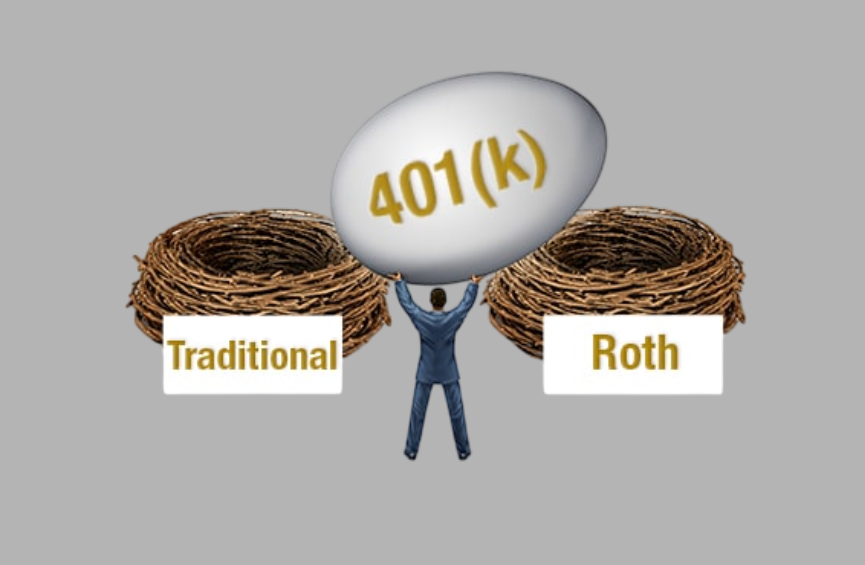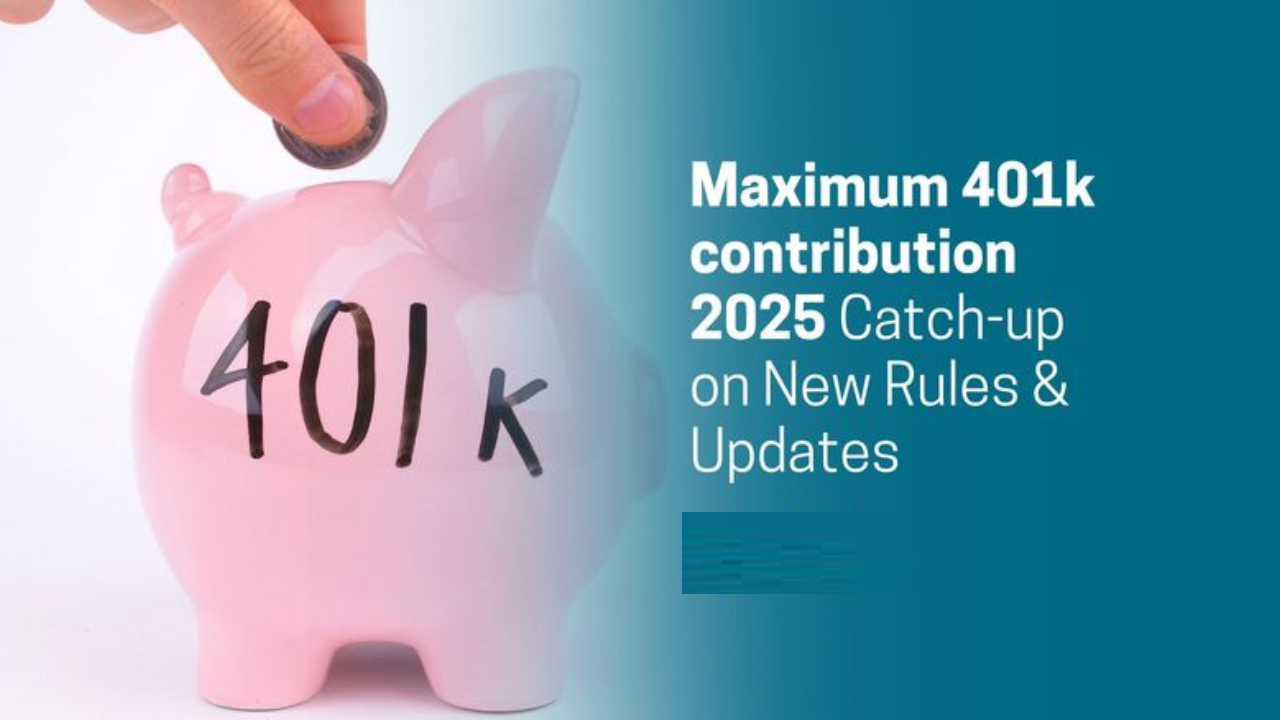Roth 401k Max Contribution 2025: Limits, Catch-Up Rules & Tax Strategies

The Roth 401k max contribution 2025 limits are an important factor for anyone serious about retirement planning. This knowledge of these revised limits can assist the savers to get the most out of tax free growth and also to be enjoying the full benefit of what is being offered by their employer sponsored retirement plans.
Being aware of the contribution you are able to make, you will be able to make informed choices, plan your savings strategy more efficiently and avoid possible punishment. Being conscious of these changes is the key to creating a safe financial future, both in the beginning of your career life or in planning your future.
What Is a Roth 401k?
The Roth 401k is a type of employer-sponsored retirement plan in which employees make after-tax contributions, which translates that you have to pay taxes on the funds before it is deposited in your account. The main advantage is that you can make withdrawals in retirement tax free so long as the account is at least five years old and you are over 59 1/2 years old.

Conversely, a standard 401k is invested using pre-tax dollars, and this will provide you with an immediate tax deduction on what you contribute. Nevertheless, you will be taxed on both what you have saved, as well as the income when you retire. As well, Roth 401k have increased limits of contribution and can have employer matching which is deposited to a standard 401k.
Roth 401k Contribution Limits for 2025
The contribution limits on the Roth 401k have been revised in the year 2025 to enable you to maximize the amount saved towards retirement.
Employee Contribution Limit: $ 23,500 when an individual is below 50 years of age.
Catch-Up Contributions:
- Individuals between the ages of 50 and 59 or 64 and above pay $7,500.
- Unless it is prohibited by the plan, $11,250 between 60 to 63 years of age.
Unified Employee and Employer Contribution limit: $70 000.
Note: You can contribute no more than your annual compensation.
The revised limits now give you the chance to add more to your retirement savings, particularly when you are allowed to make the catch-up contributions. The knowledge of these limits is essential in the process of retirement planning.
Eligibility and Income Considerations
There are no income restrictions that Roth 401k have; anyone that has access via his or her employer is able to make contributions however, the income. This renders Roth 401(k)s a viable choice to high-income earners who may be disqualified as users to Roth IRAs because of income limitations.

It should also be noted though that the 23500 employee contribution limit of 2025 will be applied to all 401k accounts (both Roth and traditional) of the same employer plan. Therefore, with the combination of Roth and traditional 401 (k ) accounts, the total amount of combined contributions should not exceed this limit.
Also, employer contributions are also limited separately and can be vested. Knowledge of these regulations can assist you to maximize your retirement savings as well as prevent possible fines.
Read Also: Key Documents Needed for Company Formation in Dubai
Strategic Considerations for 2025 Contributions
These are the key steps to consider to maximize your Roth 401(k) contributions in 2025:
1. Maximize Your Contributions
Target to make the maximum contribution of either the full amount of 23500 if you are younger than 50 or the maximum amount of 35 000 if you are above 50 with catch-up contributions. Diversify your contributions so that they are consistent and you do not miss any opportunities. When your employer is providing a Roth 401(k) match, you need to make sure you put in enough to get the full match- it is literally free money.
2. Diversify Your Tax Strategy
A combination of Roth and traditional 401(k) accounts can be used to create some tax flexibility in retirement. Whereas Roth 401(k)s will provide tax free withdrawals, traditional 401(k)s will lower your taxable earnings in the present moment. This will enable you to hold your tax obligation both in the years of work and during retirement.
3. Understand Employer Matching
Employer matching contributions are also a good deal. Make sure you are making adequate contributions where the match of your employer will be maximized. Note the vesting schedules, which will tell at what point you gain the full ownership of the employer contribution. The other thing is that employer match is normally done to a conventional 401(k) and not on a Roth account.
With these measures, you can maximize your Roth 401(k) contribution in 2025, which will increase your retirement benefits and tax strategies.
Potential Penalties for Over-Contribution
Contributing more than the Roth 401k max contribution 2025 limit can lead to tax penalties. The excess contributions are viewed as excess deferrals and are subject to taxation twice, once during the contribution and once during the withdrawal. Besides, the excess amount can also be taxed on any income gained.
In order to correct an over-contribution, demand a distribution of the over-contribution and other earnings prior to the tax-filing date which often falls on April 15 of the succeeding year. Record the allocation correctly in your tax filing to prevent taxation twice. Provided that the excess is not fixed in time, the Employee Plans Compliance Resolution System (EPCRS) of IRS can correct it, though certain tax penalties can be imposed. To avoid such problems, it is important to monitor the contributions closely.
Final Word
The Roth 401k max contribution 2025 offers savers an opportunity to maximize tax-free retirement savings, including catch-up contributions for those over 50. To prevent fines and maximize growth, it is necessary to understand the eligibility, contribution limits, and strategic planning. Hire a financial advisor to plan your contributions based on your objectives and full benefit of employer matches and tax diversification plans to have a secure retirement.
Read More: How can we successfully improve the application security?


